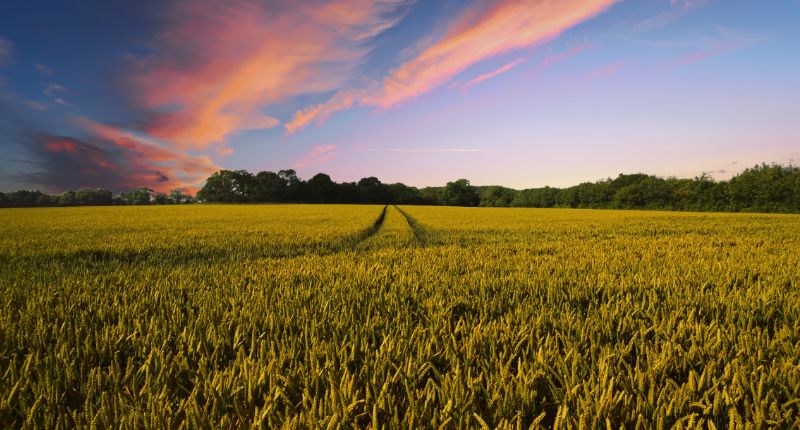- NSW and QLD farmer sentiment has fallen since Q2.
- Farmers cite softer commodity prices and drier conditions as main problems.
- Investments to drop in QLD, but rise in NSW.
Seasonal concerns and softer commodity prices are two of the main worries weighing heavily on New South Wales (NSW) and Queensland farmers’ minds this quarter, according to the latest Rabobank Rural Confidence Survey.
Investment levels are expected to be subdued across both states, however, those in NSW are looking more favourably at property than their northern neighbours.
Mixed conditions across the states
In NSW, Rabobank regional manager for Riverina, Sally Bull, noted conditions varied from very dry in the central, western, and northern areas, while in the southern regions and through the Riverina, good seasonal conditions were observed.
“While the season is good across much of the south of the state, southern farmers are still conscious of the prospect of drier seasonal conditions forecast in the year ahead and this is weighing on their minds,” Bull added.
“The situation across the state is patchy – with dry conditions meaning some grain growers in the north of the state chose not to plant a crop this season.”
Sally Bull, Rabobank
“While in parts of central NSW, crops are good to average – but contingent on receiving rain in the next month or two. And there are some very good crops through the Riverina – though with some impacted by the ability to add urea when needed due to insufficient supply.”
Rabobank regional manager for North Queensland and the Northern Territory, Trent McIndoe, said Queensland grain growers are not anticipating the record harvests seen in the previous two years.
“Conditions in southern Queensland grain-producing areas are a mixed bag, with spring rain much needed across the growing area,” he said.
“And the condition of Western Downs crops is also mixed, depending on the fallow period, the cover crop used and the amount of ground cover that has helped retained soil moisture in some paddocks, as opposed to double cropped areas, which are drier.
“However, some crops are already being fed off or bailed with no prospect of harvesting grain due to minimal rainfall over the winter months.”
McIndoe added there is still time on the Darling Downs, with any rainfall received in the next few weeks being able to assist to bridge the moisture gap and fill grain.
“However, forecasts aren’t looking favourable in the short term,” he said.
An air of malaise, but rate worries improve
In NSW, 60% of farmers expected conditions in the sector to deteriorate in the next 12 months, compared to 36% in the previous quarter. In Queensland, the proportion was 45%, up from 27% in the last survey.
High interest rates were also a concern, alongside drier weather and lower commodity prices. However, the proportion improved, with only 19% of NSW farmers taking a negative outlook on the economy (down from 24%) and 21% of farmers airing concerns on the cash rate, down from 25%.
The state of investments
Bull said NSW farmers are becoming increasingly cautious regarding their commitment to investment projects, with 25% planning to reduce the amount of investment in their farm business over the next 12 months, up from 10% last quarter.
However, among farmers looking to increase their investments, the number of farmers planning to purchase property has increased from 16% last quarter to 23% this quarter.
Queensland farmers were also looking to rein in their investment plans for the coming year, with just under a quarter (24%) planning to decrease spending in their agricultural business (up from 13% in Q2). The number planning to increase investment this quarter has decreased to 17% (down from 24% in Q2).
McIndoe said the number of Queensland agricultural properties on the market has eased back from the volumes seen in recent years.
“And interest rates are more of a consideration now when producers are looking at buying land. Interest rates, combined with the seasonal outlook and softer commodity prices, are being factored into expansion plans.”








